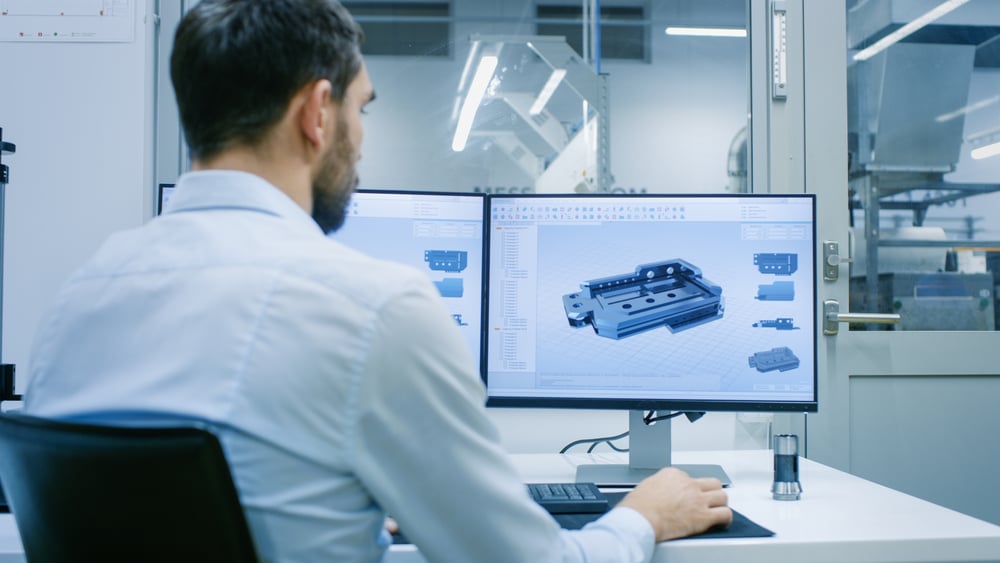Metal- or poly-dome and dome spacer layers are added to tactile switches, and a non-conductive shielding layer can be added whenever a higher level of insulation or resistance is needed.
An alternative to an adhesive backing is the use of a stainless steel or aluminum panel. The benefits of this option become evident when it is time to program electronic units, perform maintenance, or replace components. Panels can be manufactured to be the same size and shape as any housing or enclosure. This ensures a snug fit and the precise placement of the membrane switch tail.
Read our blog: How membrane switch metal backers can eliminate the hassle of maintenance.
Shielding, often constructed with solid aluminum foil or by printing with carbon or silver ink, is used to eliminate electrostatic discharge, electromagnetic interference, and radio frequency interference.
Silicone rubber keypads or keyboards can be added to the overlays of membrane switches, touchscreens, and other user-interface products. Because silicone rubber is moldable and can be compressed, it offers a comfortable and durable tactile experience. Silicone rubber keypads are also waterproof and dust proof, and they can be designed with laser-etched graphics, high-gloss finishes, and other aesthetic features.
Duraswitch® is another membrane switch customization option. This technology helps create a thin and robust keypad that can reliably function in extremely harsh environments. Duraswitch utilizes two unique technologies, PushGate® and thiNcoder®, which increase longevity by eliminating the scraping, flexing, and grinding common to traditional membrane switches.
Use prototypes to improve your membrane switch design.
An industrial supply company needed a keypad designed to improve warehouse security. After consulting with our engineers and walking through two prototype iterations, the client settled on a multi-color, polyester keypad that would respond well to touch, yet withstand high temperatures and environmental contaminants.

Prototypes can help you vet the design and functionality of your product before you invest in a full production run. You can rely on a prototype to test proof-of-concept, visual appeal, or functionality. To help you stay on track, we can deliver prototypes within a matter of days.